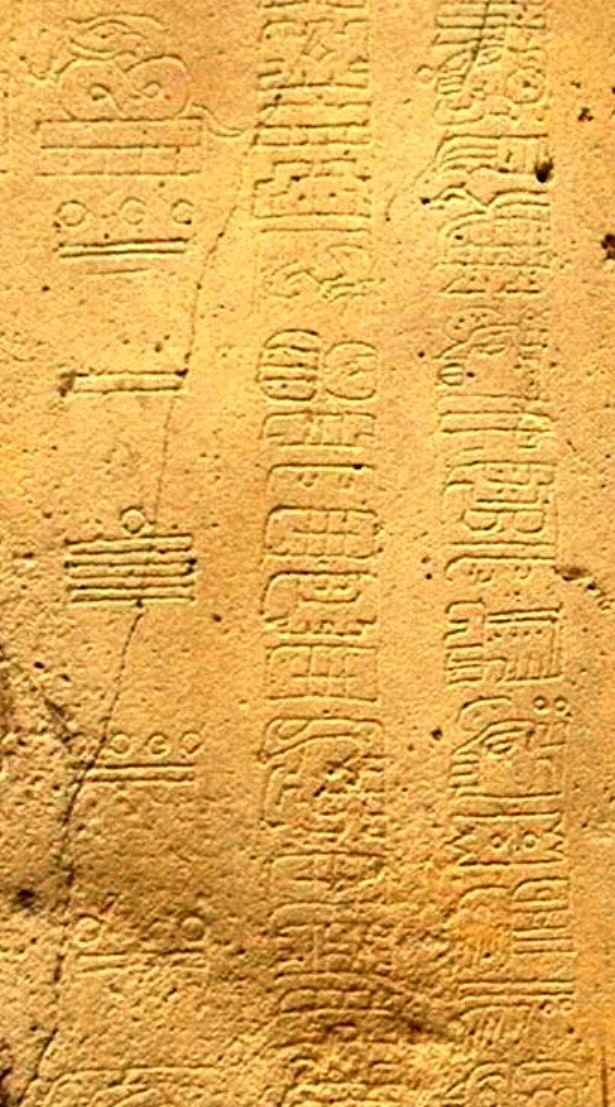Languages Unknown (ISO639-3:xep) | ||
 | ||
Type Undeciphered(assumed to be logographic) Time period Perhaps ca. 500 BCE to ca. 500 CE | ||
The Isthmian script is a very early Mesoamerican writing system in use in the area of the Isthmus of Tehuantepec from perhaps 500 BCE to 500 CE, although there is disagreement on these dates. It is also called the La Mojarra script and the Epi-Olmec script ('post-Olmec script').
Contents
Isthmian script is structurally similar to the Maya script, and like Maya uses one set of characters to represent logograms (or word units) and a second set to represent syllables.
Recovered texts
The four most extensive Isthmian texts are those found on:
Other texts include:
Decipherment
In a 1993 paper, John Justeson and Terrence Kaufman proposed a partial decipherment of the Isthmian text found on the La Mojarra Stela, claiming that the language represented was a member of the Zoquean language family. In 1997, the same two epigraphers published a second paper on Epi-Olmec writing, in which they further claimed that a newly discovered text-section from the stela had yielded readily to the decipherment-system that they had established earlier for the longer section of text. This led to a Guggenheim Fellowship for their work, in 2003.
The following year, however, their interpretation of the La Mojarra text was disputed by Stephen D. Houston and Michael D. Coe, who had tried unsuccessfully to apply the Justeson-Kaufman decipherment-system to the Isthmian text on the back of the hitherto unknown Teotihuacan-style mask (which is of unknown provenance and is now in a private collection).
The matter is still under discussion. In Lost Languages (2008) Andrew Robinson summarises the position as follows:
Overall, then, the case for the Justeson/Kaufman 'decipherment' of Isthmian is decidedly unproven and currently rests on shaky foundations ... What it needs, more urgently than some other 'decipherments' given its evident linguistic sophistication, is the discovery of a new text or texts as substantial as the one found at La Mojarra in 1986.
